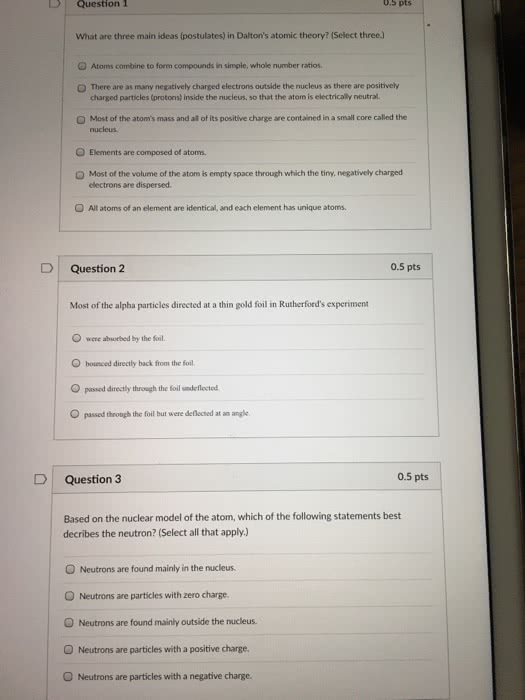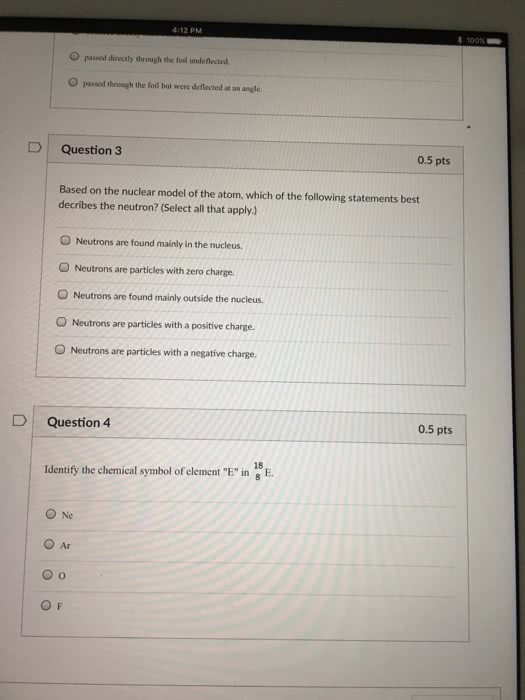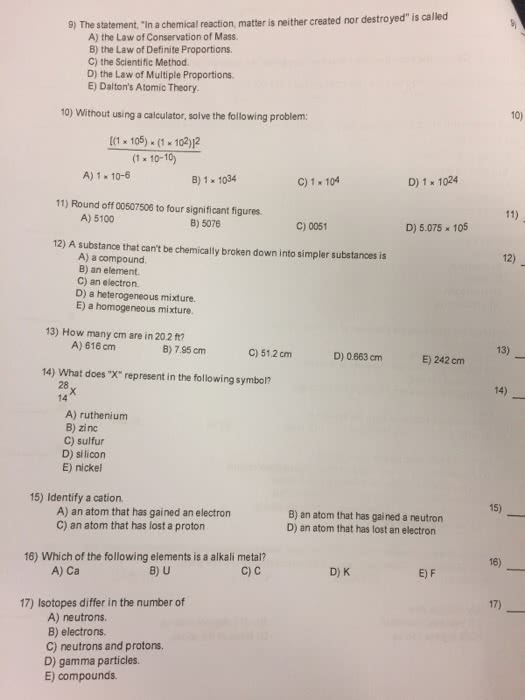CHEM 1127Q Study Guide - Final Guide: Fluorine, Potassium Carbonate, Sulfur

44
CHEM 1127Q Full Course Notes
Verified Note
44 documents
Document Summary
Covalent bonds are when electrons are shared, normally between nonmetals: see ionic and molecular bonding (7?, chemical nomenclature, ionic. If a compound has a monatomic ion the nonmetal ends with ide. If there is a polyatomic ion, use the suffix of the official name. If the charge can change, like in a main group element, the charge goes after inside parenthesis in roman numerals: molecular. 1: two elements- the element farther to the left or bottom goes first and gets the prefix. The second gets the ide suffix and a prefix for how many there are: 1-mono. 10-deca: binary acids, hydrogen is changed to hydro, other nonmetallic elements have ic added to them, acid at the end, oxyacids. Combine h+ and oh- on the same side to h2o. N2(g)+3h2(g) (cid:1006)nh(cid:1007)(cid:894)g(cid:895) (cid:1006)nh(cid:1007)/(cid:1007)h(cid:1006: reaction yield, limiting reactant- with multiple reactants, the one that has the least number of moles.



